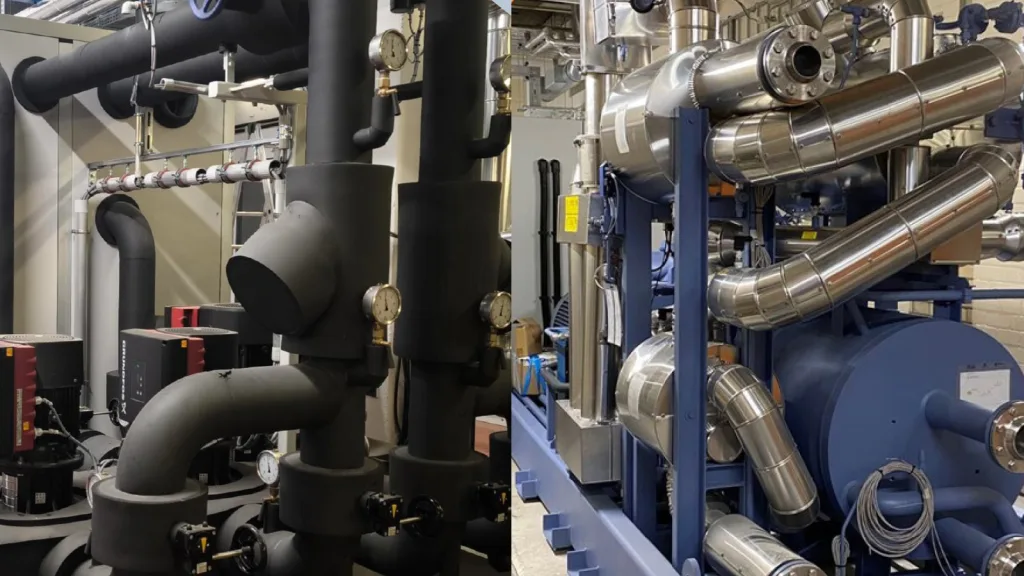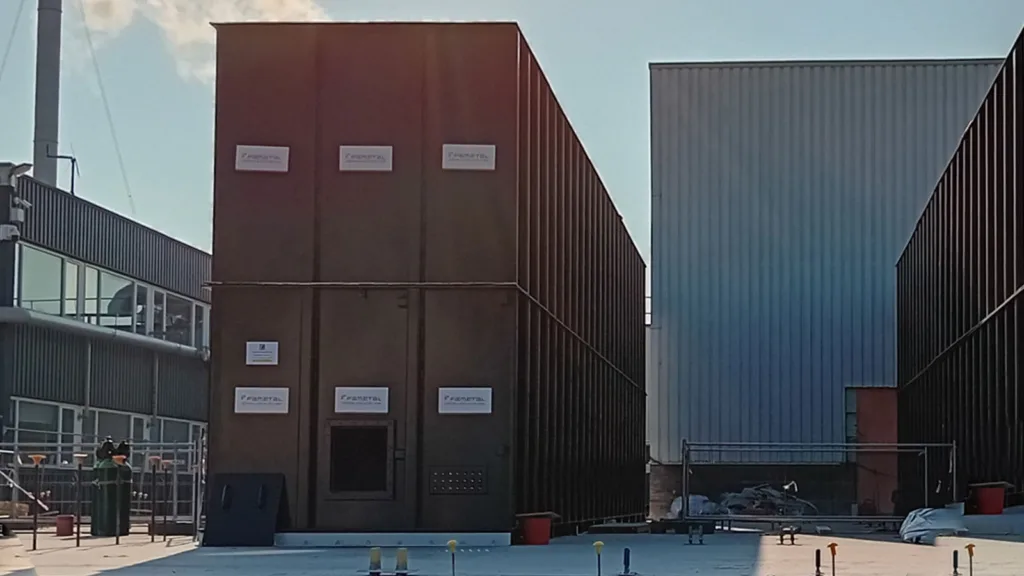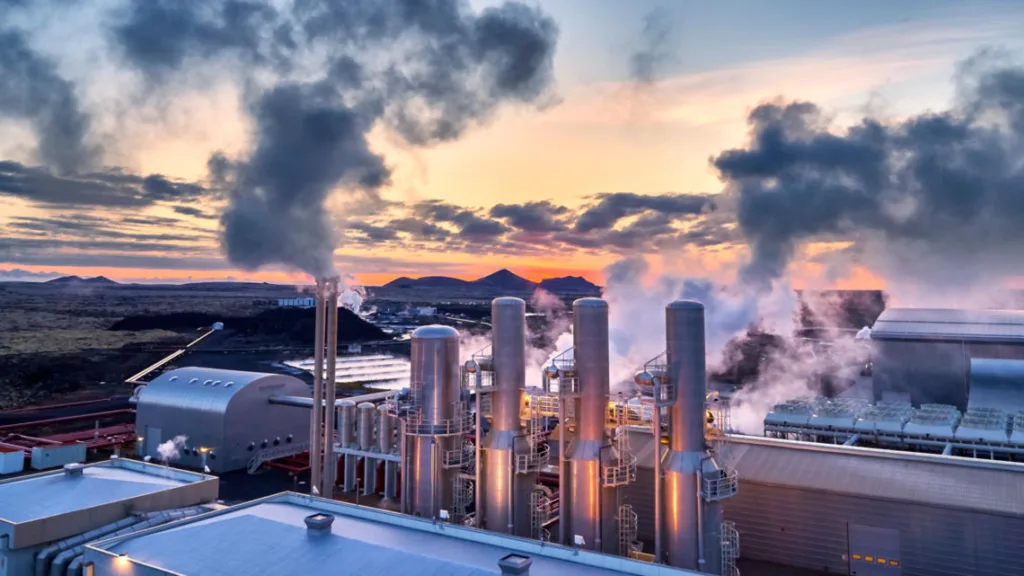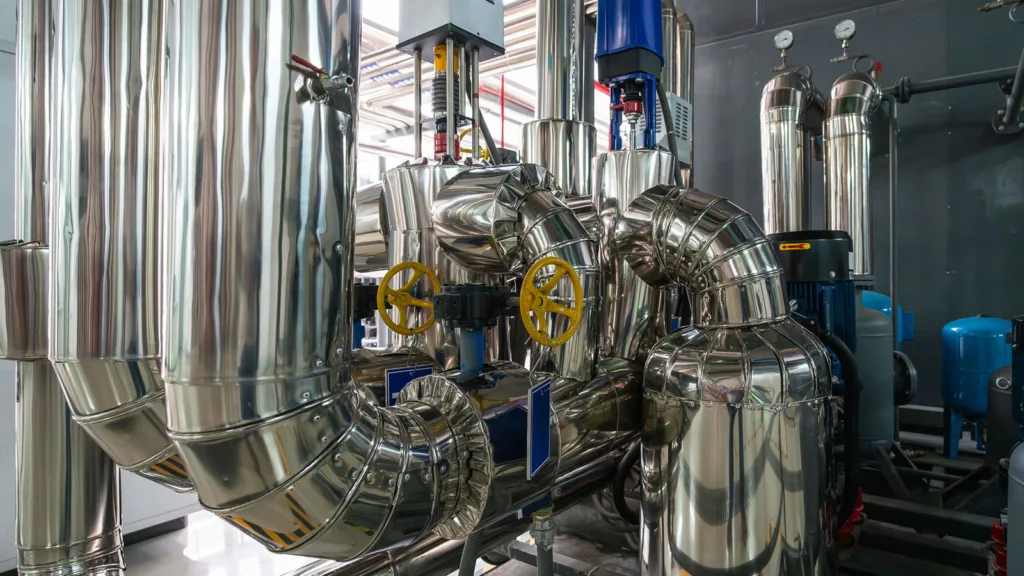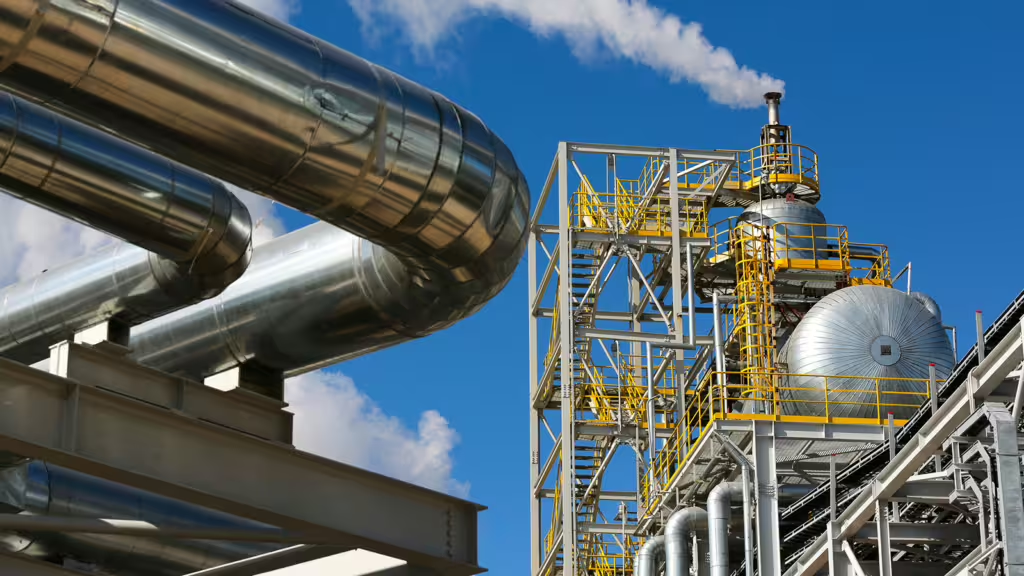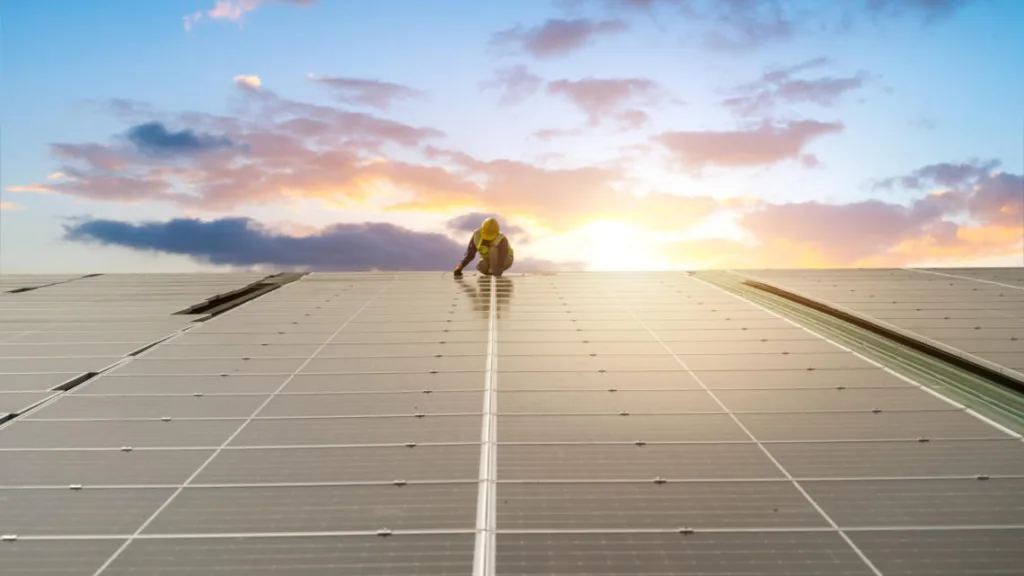Decarbonizing Heat
Approximately one-third of all energy consumed globally is used as heat in industry.
Half of it is high-temperature heat – primarily within so-called hard-to-abate sectors such as steel and cement. The other half is consumed within light industry – including food & drink, pharmaceuticals, pulp & paper and apparel. WBCSD brings together the entire value chain to integrate renewable heat solutions across these light industrial sectors, predominantly through electrification. .
The
challenge
While there are various technical solutions to decarbonize and electrify heat, investments are hampered by big capital expenditure needs with often sub-optimal returns.
In most markets, natural gas and coal remain cheaper than electricity, especially in the absence of a cost on carbon. Furthermore, policy frameworks incentivizing renewable heat are much less common than those supporting renewable power.
The
business case
Commercially attractive opportunities for renewable heat are starting to emerge as both countries and businesses are expanding their focus beyond electricity.
Upcoming net-zero milestones for governments and companies alike mean this attention will continue to grow, and the value chain for renewable heat will innovate its technical, commercial and financing solutions. Meanwhile, the risks and price volatility associated with natural gas are likely to drive interest in renewable heat and a shift away from fossil fuels.
The
solution
WBCSD brings together members from across the value chain to accelerate the deployment of renewable heat solutions, with a particular focus on electrification.
The work prioritizes the following thematic areas:
-Increasing the uptake of fully financed solutions and empowering companies to co-develop Heat-as-a-Service solutions
-Developing strategic thought leadership on electrification of heat, focusing on technology and power market trends that improve the business cases
-Building a coalition for renewable heat to unite a larger group of corporates, provide demand signals and address policy barriers
Renewable Industrial Heat
Navigator Briefs
WBCSD’s navigator briefs offer a comprehensive overview of commercially available renewable heat technologies for industry. Each brief provides key insights into the operational, location, and commercial factors to support investment decision-making. Uniquely, they share real-world lessons from companies adopting these solutions, highlighting key business considerations, success factors, and challenges overcome.
